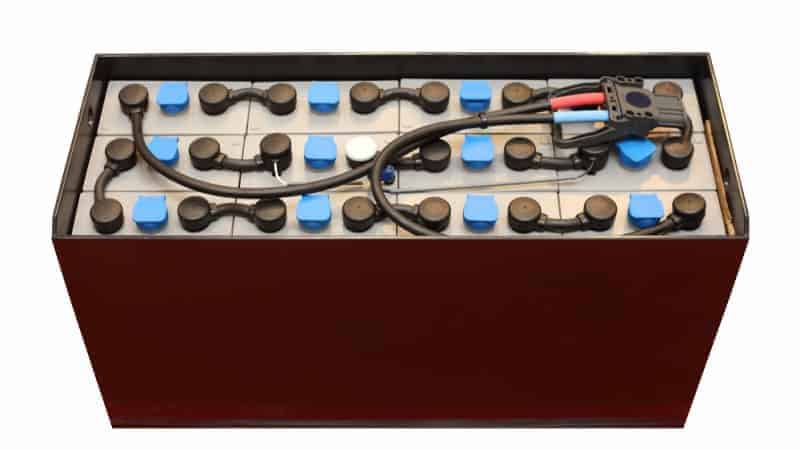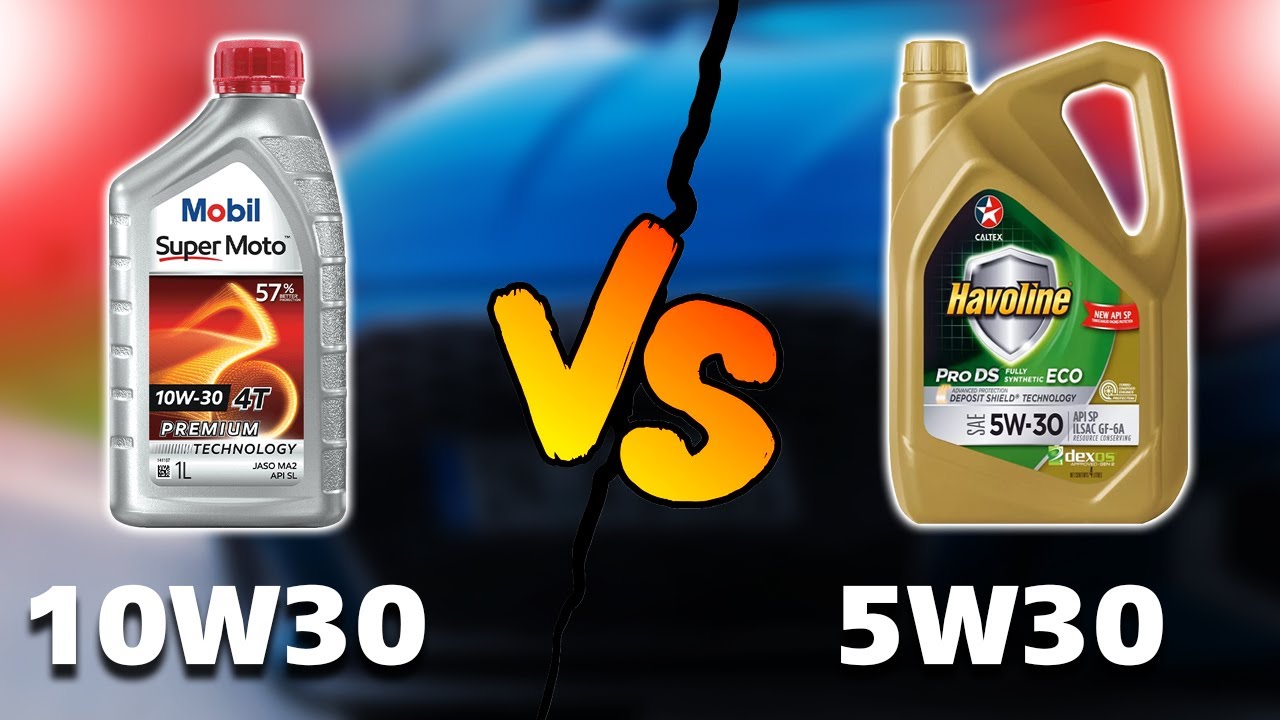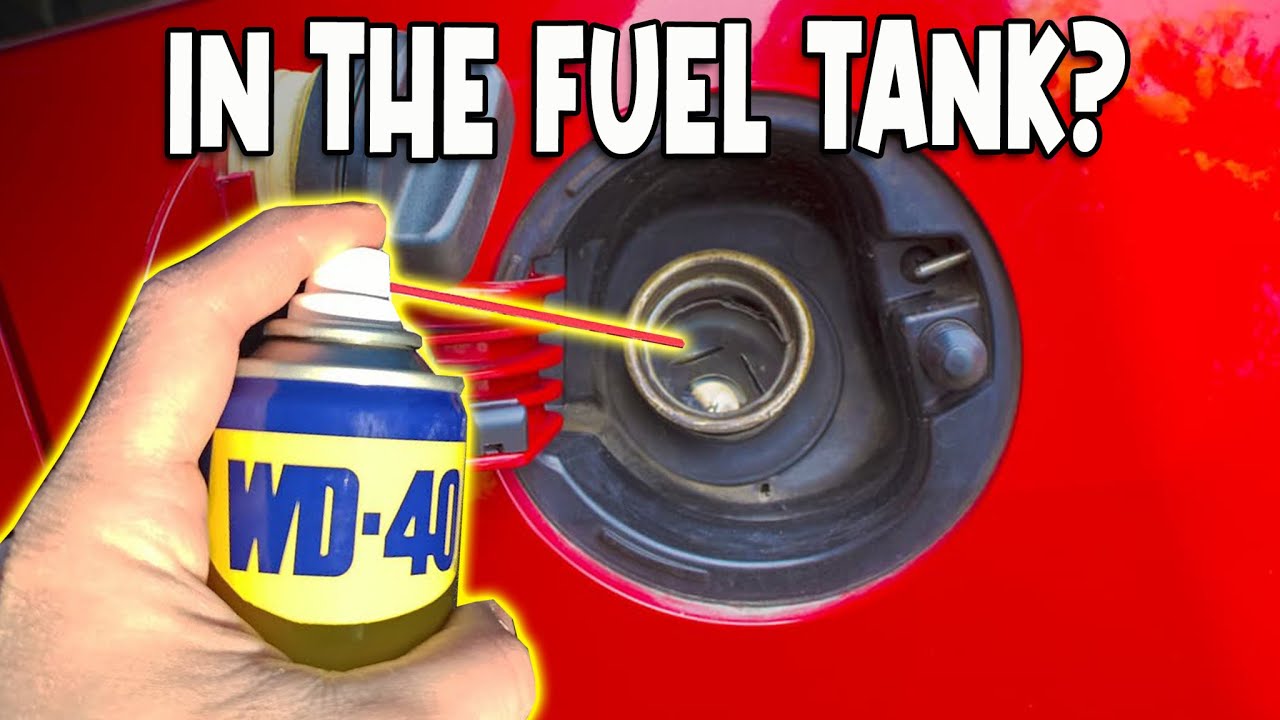When considering the present means of propulsion, the need of an automobile battery becomes clear. When it comes to car batteries, many automotive critics have strong opinions about which brands and models work best for their vehicles. One of these, the deep cycle battery, has received nothing but praise.
What Is a Deep Cycle Battery?

You need to compare a deep cycle battery to a regular automobile battery in order to grasp its operation. The second option provides a short burst of energy that can jumpstart your vehicle. Deep cycle batteries, on the other hand, are engineered to consistently deliver power for a long period until they completely drain.
After the discharge value reaches 80-100%, the charging cycle must be completed by charging it. You need be familiar with the battery cycle in order to understand how a deep cycle battery works.
A complete cycle of a battery’s drain and recharge is called a cycle. The amount of power drained from a battery is called its depth of discharge. When a battery is completely dead, the depth of discharge is 100%. The state of charge, or the amount of capacity left in the battery, is inversely related to the depth of discharge. At the end of the discharge process, the state of charge is zero.
As a reminder, the name “deep cycle battery” comes from the fact that it can withstand discharges as deep as 100%. How are deep cycle batteries different from regular automobile batteries? The former is superior because it remains undamaged even when subjected to deep discharges.
A typical battery can safely undergo one or two deep cycles. On the other hand, the cycles could harm it if they continue. The thicker plates and dense active materials used in the manufacture of deep cycle batteries give them their resilience.
If your motor needs a constant flow of power for an extended period of time, deep cycle batteries are the way to go. Electric golf carts, forklifts, wheelchairs, and hoisting devices all use it in their motors. In addition to renewable energy systems, this battery is used by recreational vehicles and traffic lights.
Pros
One major benefit of deep-cycle batteries is their durability. The high-density active paste and thick plates of the battery make it possible to discharge it deeply without damaging it. This power pack’s continuous power delivery is another appealing feature. Electric vehicles and wheelchairs, which require a constant flow of electricity, are ideal candidates for this.
Although this battery requires no maintenance at all, proper operation necessitates the use of a deep-cycle battery charger. Using a fast charger yields remarkable benefits. Although some varieties of deep cycle batteries can last up to ten years, the average lifespan is closer to six. Plus, you can recycle this automobile part nearly entirely.
Cons
One notable drawback is the greater price compared to regular batteries, which is a consequence of deep cycle batteries. Extreme care is required with certain models of this power pack, particularly the flooded ones, in order to keep spills to a minimum.
How Many Different Kinds of Deep Cycle Batteries Are There?
Both flooded and valve-regulated lead acid deep-cycle batteries are available. The AGM and gel batteries fall within the former category. How does flooded lead acid differ from valve-regulated lead acid?
In flooded types, the electrolyte completely covers the electrodes. Both tubular and flat-plated varieties fall into this class. The electrolyte is suspended in a gel-like solution in valve-regulated lead-acid batteries, just like in gel batteries. An electrolyte-holding mat is an integral part of AGM batteries. The durability and lifespan of the valve-regulated variant make it a popular choice.
How does deep cycle compare to lithium-ion?
The charging cycles of lithium-ion batteries basically indicate that they are deep cycles. The advantages of lithium-ion batteries over the conventional deep cycle batteries are numerous.
Compared to lead-acid batteries, which only last 400–1500 cycles, lithium-ion batteries are much more durable, weigh less, and can discharge as efficiently as 100%. Since they are not too expensive, deep cycle batteries are at the top of the pricing list.

Conclusion
How long does a deep-cycle battery typically last? This article alludes to the fact that this battery is a great companion for electric vehicles in general and forklifts and golf carts in particular. The main difference between a standard battery and a deep cycle battery is that the former must be fully discharged at 80 or 100% before being recharged.





